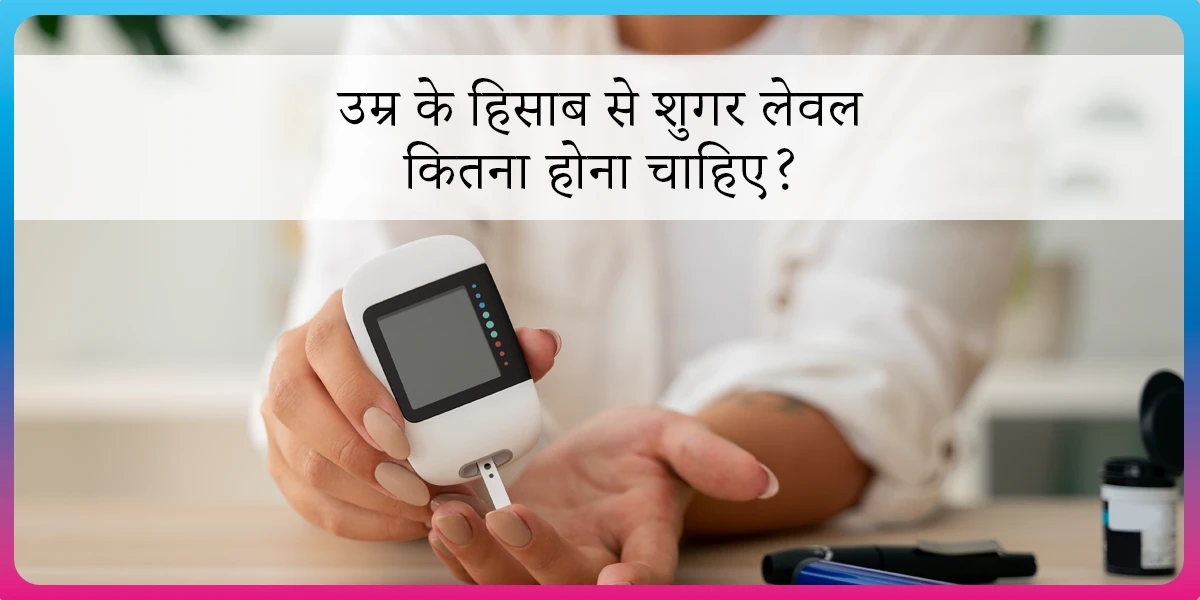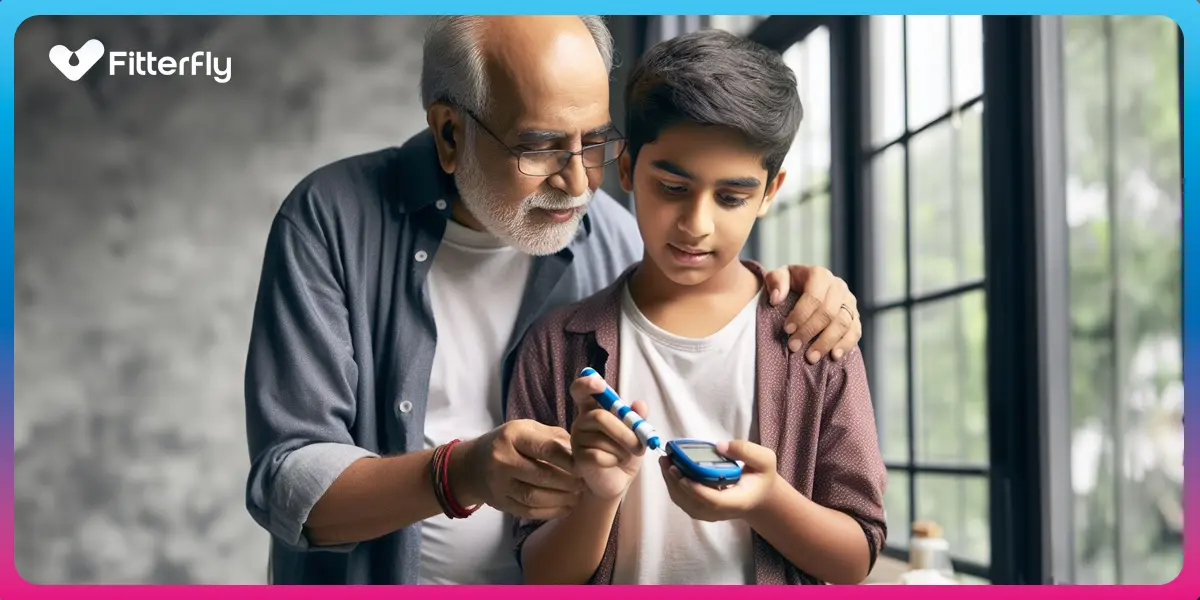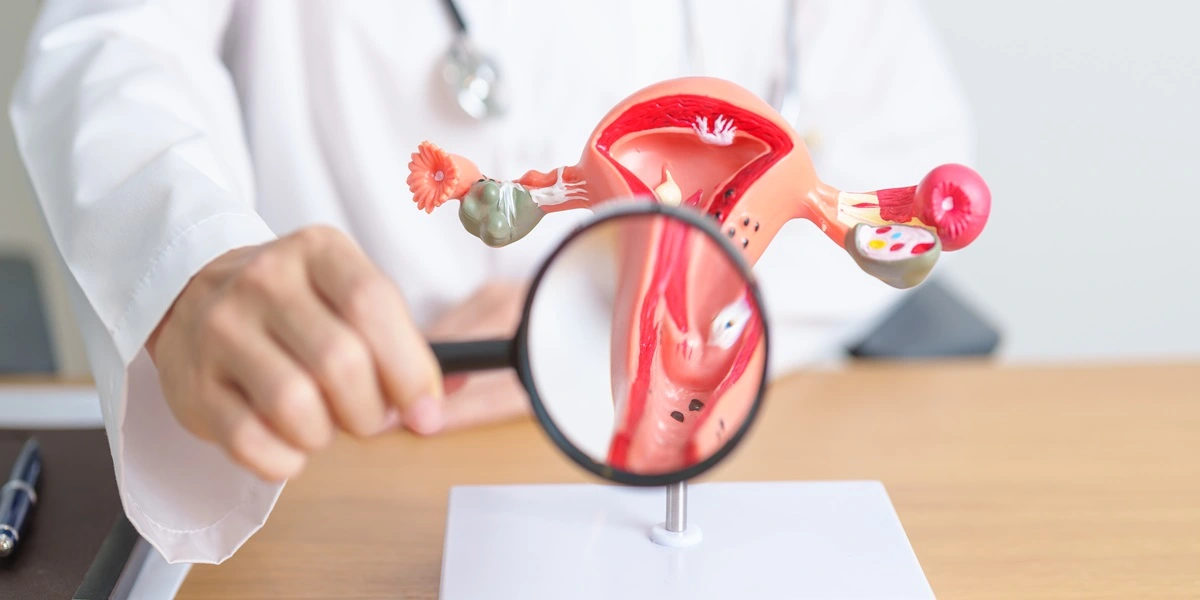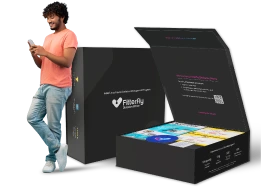Technology in Diabetes Engaging Patients in Active Participation
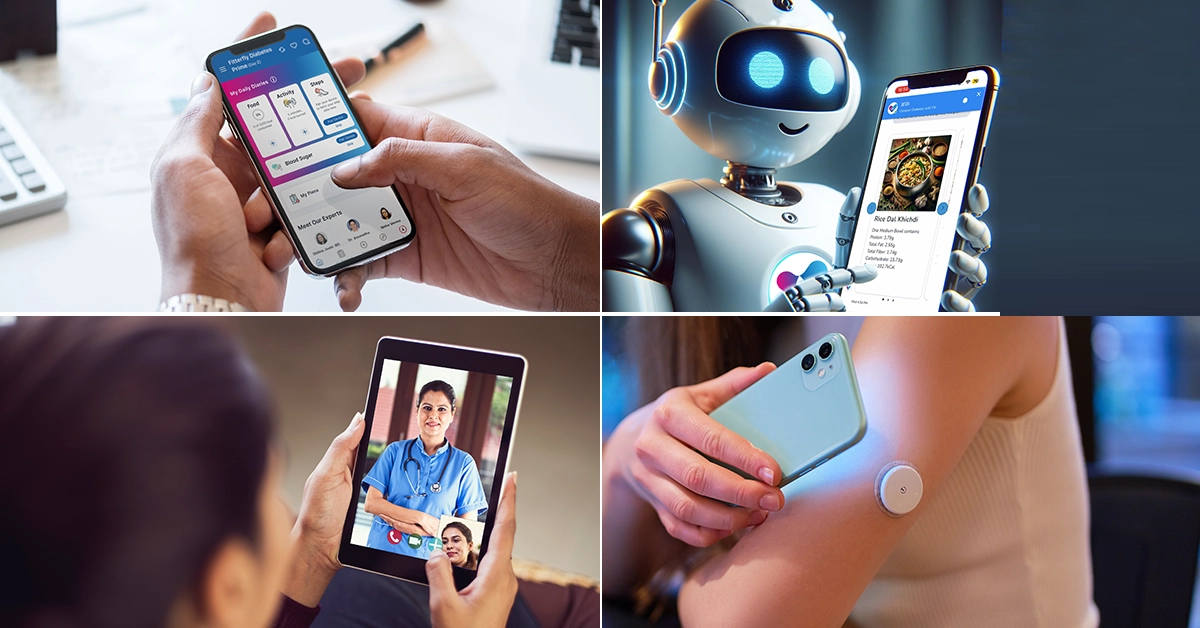
Abstract
Modern-day gadgets, including smartphones, wearables, and AI-powered chatbots, empower patients to take an active role in diabetes care. They help patients continuously monitor blood sugar, record diagnostic data, and provide nutritional and exercise guidance.
Doctors’ role is crucial in using technology for diabetes management as they reinforce patients with optimal knowledge, skills, and confidence to participate actively in the treatment process.
Why is it Crucial for Patients to Actively Participate in Diabetes Care?
Technological innovations have ushered in a new era of patient empowerment, especially in the realm of diabetes care. A few decades ago, patients were mostly involved in a passive relationship with their therapeutic journey, relying solely on healthcare providers for guidance.
However, today, patients remain equipped with modern-day gadgets like smartphones, wearables, AI-powered chatbots, and an array of health-tracking devices to simplify diabetes care.
The modern devices empower patients to monitor their blood glucose levels, track dietary habits, and manage medication adherence with unprecedented ease and precision.
This blog explores the intersection of technology and diabetes management, focusing on how advancements enable patients to take an active role in their treatment process.
Technology Empowering Patients in Therapeutic Journey
Technology plays a crucial role in motivating patients in diabetes care by continuously monitoring blood sugar with wearables, receiving health guidance via mobile apps, and maintaining health records on EMRs. Here are some of the ways by which technology in diabetes revolutionise treatment.
1. Mobile Apps
The proliferation of smartphone diabetes care applications improved patients’ self-management skills manifold in the last few decades. In 2005, Robert Istepanian coined the term mobile health (mHealth) to emphasise the significance of “emerging mobile communications and network technologies for health care.”
According to the World Health Organisation’s (WHO) latest categorisation, mobile phones, patient monitoring devices, Personal Digital Assistants (PDAs), and other wireless devices come under the purview of mHealth.
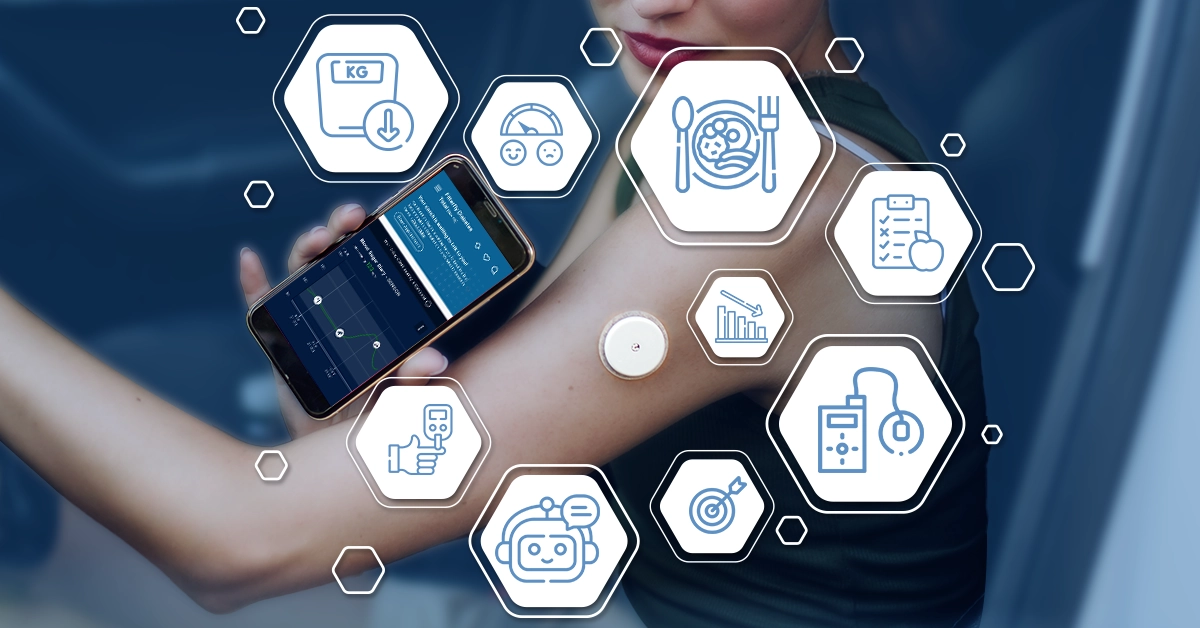
Fig 1: Role of mobile apps in diabetes care
The latest survey by Statista shows that 54,546 healthcare and medical apps were available on the Google Play Store, as of December 2023. Similarly, 41,517 healthcare and medical apps were recorded on the Apple App Store during the same time frame.
These applications help patients and healthcare professionals manage food diaries, record medical details, and resolve doubts through FAQs and blogs.
Fitterfly’s Weight Loss and Diabetes Care App
Fitterfly also hosts a clinically validated mobile application for weight loss and diabetes management. More than 1 lakh individuals have downloaded and endorsed the app with 4.3 ratings on Google Play Store. It has multiple exciting features, including a wellness tracker, recipe corner, exercise videos, and interactions with an AI-driven chatbot.
2. Wearable Devices
Wearable gadgets like smartwatches, CGM sensors, and insulin pumps are becoming increasingly popular due to their real-time monitoring, individualised suggestions, and alarm-raising abilities.
They help patients make informed decisions about their lifestyle and medication regimen. People with diabetes can seamlessly integrate their smartphones and other digital platforms with wearable devices, thus facilitating convenient data tracking and analysis.
Wearable devices foster improved adherence to treatment plans and proactive self-care behaviours. Abbott’s FreeStyle Libre 2 and 3, Medtronic Diabetes’ Guardian Connect, Dexcom’s G6 and G7, and Medtronic MiniMed 770G System are some popular wearable gadgets for diabetes care.
3. Online Community Support
Online community support for diabetes care provides a virtual platform for people living with diabetes to share their experiences and tips. Dietary advice and encouragement among peers facing similar challenges boost motivation as individuals find solace in connecting with others who truly comprehend their struggles.
Most DTx platforms like Fitterfly host an active community where members can share their valuable insights regarding diabetes care via WhatsApp and social media pages.
4. AI-Powered Chatbots
AI-driven chatbots for diabetes care harness natural language processing (NLP) and machine learning (ML) to understand patients’ diabetes-related queries and provide logical answers to resolve them. Chatbots’ scientifically approved guidance helps users achieve their nutrition, fitness, and overall health well-being objectives.

Fig 2: AI-powered chatbot resolving members’ queries in diabetes care
In December 2023, the X-Labs Innovation Team from Fitterfly launched an advanced AI-driven empathetic nutritional coach– JEDi (an acronym for Jovial and Empathetic Disease intelligence). The hyper-personalised chatbot offers meal analysis, personalised food recommendations, curated nutritional quizzes, and exercise guidance.
5. Electronic Medical Records
Electronic Medical Records (EMR) have streamlined patients’ data management and enhanced overall healthcare outcomes. Modern EMRs host medical history, lab results, medication regimens, and treatment plans.
They help healthcare professionals ensure continuity of care and informed decision-making by making patients’ health details easily accessible round-the-clock.
EMRs facilitate trend analysis and personalised adjustments to treatment plans by efficiently tracking blood glucose levels and insulin dosages. They also promote interdisciplinary collaboration for diabetes management by automated data collection and sharing.
This interdisciplinary approach ensures holistic and coordinated care for individuals with diabetes, leading to improved health outcomes and better quality of life.
Physician’s Role in Empowering Patients
Physicians play a pivotal role in empowering patients to effectively utilise technology in managing their therapeutic journey. They equip patients with optimal knowledge, skills, and confidence to actively participate in their treatment plan decision-making.
Doctors also encourage patients to voice their concerns by fostering open communication. This collaborative approach not only strengthens the doctor-patient relationship but also enhances patient autonomy and self-efficacy.
Key Takeaways
- Technology in diabetes empowers patients to participate in their treatment process through informed decision-making.
- Smartphone apps, CGM sensors, insulin pumps, and AI-powered chatbots have revolutionised diabetes care by enabling parents to track their diabetes care progress.
- Physicians’ role is crucial as they equip patients with optimal knowledge, skills, and confidence to utilise technology for diabetes management.
This blog provides general information for educational and informational purposes only and shouldn't be seen as professional advice.
Want to know how can Fitterfly enhance your practice and improve patient outcomes?




